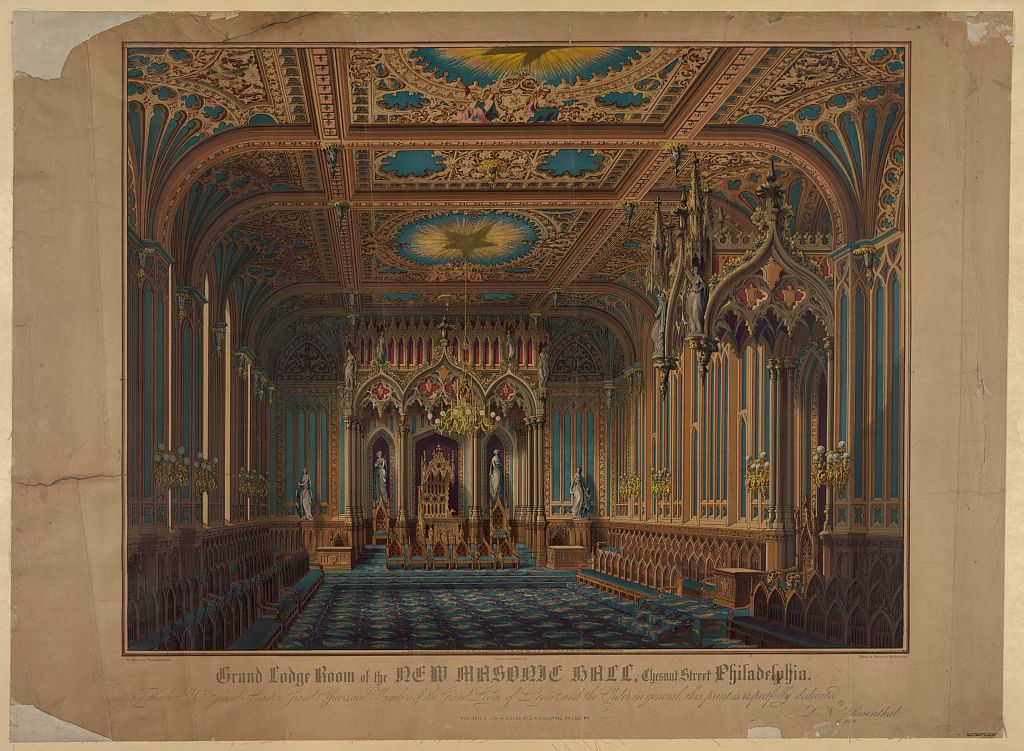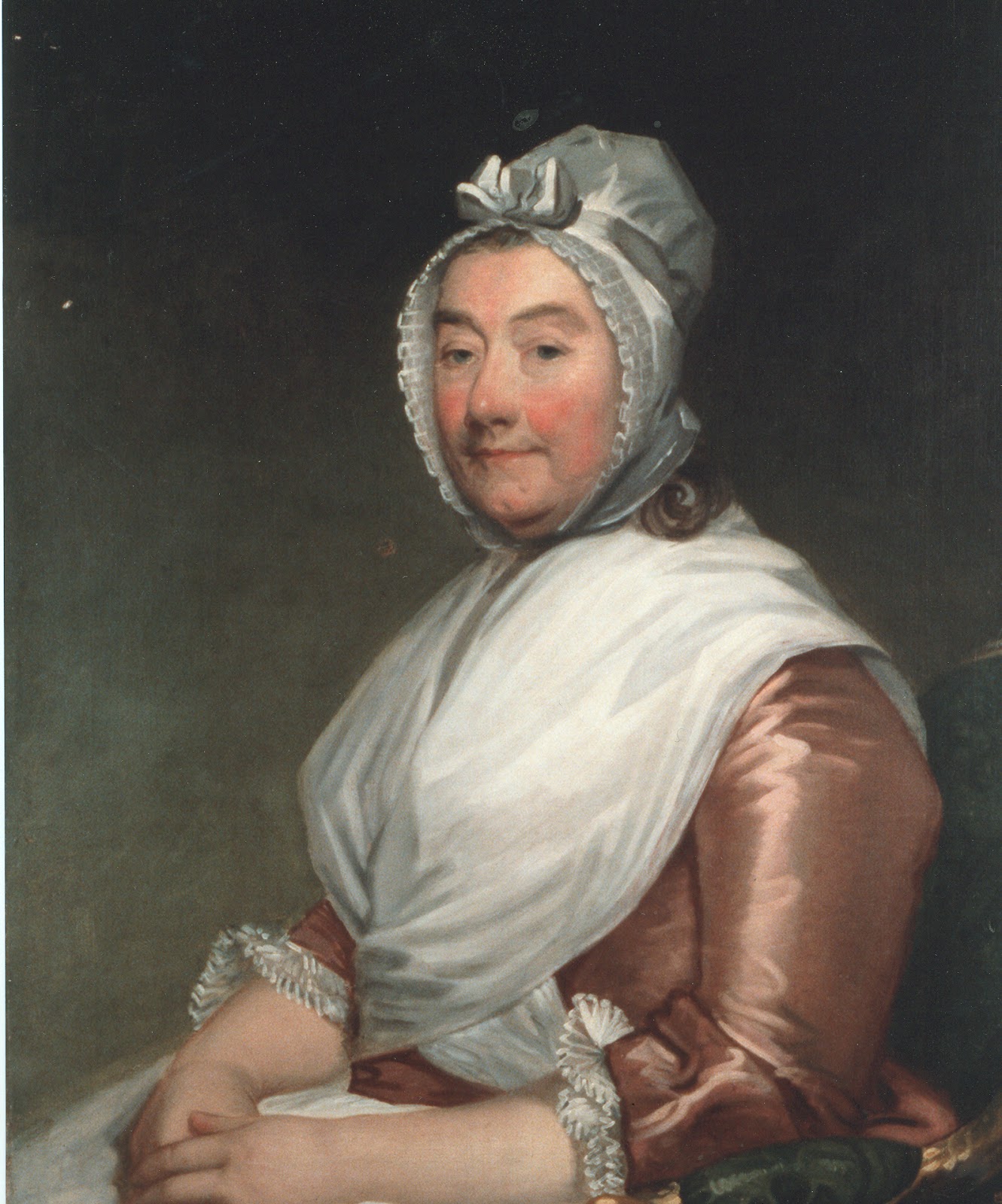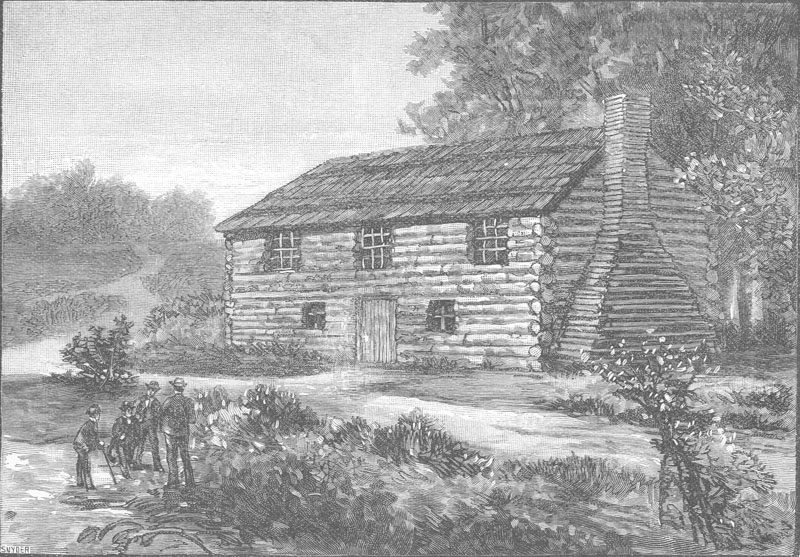|
William Shippen Sr.
William Shippen Sr. (October 1, 1712November 4, 1801) was an American physician from Philadelphia, Pennsylvania. He was also a civic and educational leader who represented Pennsylvania in the Continental Congress. Biography William was born to Joseph Shippen (1679–1741, son of Edward Shippen, governor of Pennsylvania) and Abigail Grosse Shippen (1677–1716) at Philadelphia. His father was a prominent merchant. He built a large practice in Philadelphia. In 1735 he married Susannah Harrison. Shippen joined the vestrymen who founded the Second Presbyterian Church of Philadelphia in 1742. He joined Benjamin Franklin and other civic leaders to found the Public Academy in 1749 and served as one of its trustees. When it merged with another school to become the College of Philadelphia, he served as a trustee of the college from 1755 to 1779; the College is now the University of Pennsylvania. He was elected to the revived American Philosophical Society in 1767, and served as its ... [...More Info...] [...Related Items...] OR: [Wikipedia] [Google] [Baidu] |
Max Rosenthal
Max Rosenthal (November 23, 1833 – August 8, 1918) was a Polish-American painter, lithographer, draftsman and etcher. Early life Max Rosenthal was born on November 23, 1833, in Turek, Kingdom of Poland to Esther Kolsky and Wolf Rosenthal. He studied in Berlin under Professor Carl Harnisch. In 1847 he went to Paris, where he studied lithography, drawing, and painting with Martin Thurwanger, with whom he came to Philadelphia in 1849, and completed his studies. Career Rosenthal made the chromolithographic plates for what is believed to be the first fully illustrated book by this process in the United States, "Wild Scenes and Wild Hunters." In 1854 he drew and lithographed an interior view of the old Masonic temple in Philadelphia, the plate being 22 by 25 inches, the largest chromolithograph that had been made in the country up to that time. He developed the first facsimile of water colors reproduced using the lithographic process in 1858. He also invented a process of decorat ... [...More Info...] [...Related Items...] OR: [Wikipedia] [Google] [Baidu] |
University Of Pennsylvania
The University of Pennsylvania (also known as Penn or UPenn) is a private research university in Philadelphia. It is the fourth-oldest institution of higher education in the United States and is ranked among the highest-regarded universities by numerous organizations and scholars. While the university dates its founding to 1740, it was created by Benjamin Franklin and other Philadelphia citizens in 1749. It is a member of the Ivy League. The university has four undergraduate schools as well as twelve graduate and professional schools. Schools enrolling undergraduates include the College of Arts and Sciences, the School of Engineering and Applied Science, the Wharton School, and the School of Nursing. Among its highly ranked graduate schools are its law school, whose first professor wrote the first draft of the United States Constitution, its medical school, the first in North America, and Wharton, the first collegiate business school. Penn's endowment is US$20.7 billi ... [...More Info...] [...Related Items...] OR: [Wikipedia] [Google] [Baidu] |
United States House Of Representatives
The United States House of Representatives, often referred to as the House of Representatives, the U.S. House, or simply the House, is the lower chamber of the United States Congress, with the Senate being the upper chamber. Together they comprise the national bicameral legislature of the United States. The House's composition was established by Article One of the United States Constitution. The House is composed of representatives who, pursuant to the Uniform Congressional District Act, sit in single member congressional districts allocated to each state on a basis of population as measured by the United States Census, with each district having one representative, provided that each state is entitled to at least one. Since its inception in 1789, all representatives have been directly elected, although universal suffrage did not come to effect until after the passage of the 19th Amendment and the Civil Rights Movement. Since 1913, the number of voting representat ... [...More Info...] [...Related Items...] OR: [Wikipedia] [Google] [Baidu] |
United States House Of Representatives Chaplain
The chaplain of the United States House of Representatives is the officer of the United States House of Representatives responsible for beginning each day's proceedings with a prayer. The House cites the first half of Article 1, Section 2, Clause 5 in the United States Constitution as giving it the authority to elect a chaplain, "The House of Representatives shall choose their speaker and other officers". The office of the clerk of the House explains "The other officers have been created and their duties defined by the rules of the House, which also are made pursuant to the authority of the Constitution, hence one of the rules prescribes the duties of the Chaplain." In addition to opening proceedings with prayer, the chaplain provides pastoral counseling to the House community, coordinates the scheduling of guest chaplains, and arranges memorial services for the House and its staff. In the past, chaplains have performed marriage and funeral ceremonies for House members. Chap ... [...More Info...] [...Related Items...] OR: [Wikipedia] [Google] [Baidu] |
Samuel Blair (chaplain)
Samuel Blair (1741 – September 1818) was an American Presbyterian minister and the second Chaplain of the United States House of Representatives. Early life Blair was born in 1741 in Faggs Manor, near Cochranville, Chester County, Pennsylvania, the son of a Presbyterian minister also named Samuel Blair who died when the son was about ten years old. His mother was Frances van Hook, daughter of Judge Lawrence van Hook and Johanna (Smith) van Hook. Education His primary education was at his father's theology school, the Faggs Manor Classical School. He went on to earn a B.A. in 1760 and a M.A. in 1764 from The College of New Jersey (now Princeton University), where he also tutored from 1761-1764. He was licensed to preach by the Presbytery of Newcastle in 1764. He earned a M.A. from Harvard College in 1767 and a D.D. (Doctor of Divinity) from the University of Pennsylvania in 1790. Work A conscientious and eloquent minister, he became pastor of the Old South Churc ... [...More Info...] [...Related Items...] OR: [Wikipedia] [Google] [Baidu] |
Aaron Burr
Aaron Burr Jr. (February 6, 1756 – September 14, 1836) was an American politician and lawyer who served as the third vice president of the United States from 1801 to 1805. Burr's legacy is defined by his famous personal conflict with Alexander Hamilton that culminated in Burr killing Hamilton in a duel in 1804, while Burr was vice president. Burr was born to a prominent family in New Jersey. After studying theology at Princeton, he began his career as a lawyer before joining the Continental Army as an officer in the American Revolutionary War in 1775. After leaving military service in 1779, Burr practiced law in New York City, where he became a leading politician and helped form the new Jeffersonian Democratic-Republican Party. As a New York Assemblyman in 1785, Burr supported a bill to end slavery, despite having owned slaves himself. At age 26, Burr married Theodosia Bartow Prevost, who died in 1794 after twelve years of marriage. They had one daughter, Theodosia. ... [...More Info...] [...Related Items...] OR: [Wikipedia] [Google] [Baidu] |
Robert Livingston (1718–1775)
Robert Robert Livingston, also called The Judge (August 1718 – December 9, 1775), was a prominent colonial American politician, and a leading Whig in New York in the years leading up to the American Revolution. Early life Robert R. Livingston was born in August 1718 at Clermont Manor in what was then the Province of New York, a part of British America. He was the only child of Robert Livingston (1688–1775), known as "Robert of Clermont" and Margaret Howarden (1693–1758). His mother was the daughter of a wealthy English merchant in New York and granddaughter of Captain Isaac Bedlow, a Huguenot after whom Bedloe's Island is named. His paternal grandparents were Robert Livingston the Elder (1654–1728) and Alida (née Schuyler) Van Rensselaer Livingston (1656–1727), daughter of Philip Pieterse Schuyler (1628–1683) and widow of Nicholas Van Rensselaer. His uncle was Philip Livingston (1686–1749), the second Lord of Livingston Manor. His great-grandfather ... [...More Info...] [...Related Items...] OR: [Wikipedia] [Google] [Baidu] |
Lee Family
The Lee family of the United States is a historically significant Virginia and Maryland political family, whose many prominent members are known for their accomplishments in politics and the military. The family became prominent in colonial British America when Richard Lee I ("The Immigrant") immigrated to Colonial Virginia in 1639 and made his fortune in tobacco. Members of the family include Thomas Lee (1690–1750), a founder of the Ohio Company and a member of the Virginia House of Burgesses; Francis Lightfoot Lee (1734–1797) and Richard Henry Lee (1732–1794), signers of the American Declaration of Independence, with Richard Lee also serving as one of Virginia's inaugural U.S. Senators; Henry "Light-Horse Harry" Lee (1756–1818), Lieutenant Colonel in the Continental Army and Governor of Virginia; Thomas Sim Lee (1745–1819), Governor of Maryland and lastly, and most famous, General-in-Chief Robert E. Lee (1807–1870), commander of the Confederate States Army ... [...More Info...] [...Related Items...] OR: [Wikipedia] [Google] [Baidu] |
Continental Army
The Continental Army was the army of the United Colonies (the Thirteen Colonies) in the Revolutionary-era United States. It was formed by the Second Continental Congress after the outbreak of the American Revolutionary War, and was established by a resolution of Congress on June 14, 1775. The Continental Army was created to coordinate military efforts of the Colonies in their war for independence against the British, who sought to keep their American lands under control. General George Washington was the commander-in-chief of the army throughout the war. The Continental Army was supplemented by local militias and volunteer troops that were either loyal to individual states or otherwise independent. Most of the Continental Army was disbanded in 1783 after the Treaty of Paris formally ended the fighting. The 1st and 2nd Regiments of the Army went on to form what was to become the Legion of the United States in 1792. This became the foundation of what is now the United St ... [...More Info...] [...Related Items...] OR: [Wikipedia] [Google] [Baidu] |
Germantown, Philadelphia, Pennsylvania
Germantown (Pennsylvania Dutch: ''Deitscheschteddel'') is an area in Northwest Philadelphia. Founded by German, Quaker, and Mennonite families in 1683 as an independent borough, it was absorbed into Philadelphia in 1854. The area, which is about six miles northwest from the city center, now consists of two neighborhoods: 'Germantown' and 'East Germantown'. Germantown has played a significant role in American history; it was the birthplace of the American antislavery movement, the site of a Revolutionary War battle, the temporary residence of George Washington, the location of the first bank of the United States, and the residence of many notable politicians, scholars, artists, and social activists. Today the area remains rich in historic sites and buildings from the colonial era, some of which are open to the public. Boundaries Germantown stretches for about two miles along Germantown Avenue northwest from Windrim and Roberts Avenues. Germantown has been consistently bounde ... [...More Info...] [...Related Items...] OR: [Wikipedia] [Google] [Baidu] |
Princeton University
Princeton University is a private research university in Princeton, New Jersey. Founded in 1746 in Elizabeth as the College of New Jersey, Princeton is the fourth-oldest institution of higher education in the United States and one of the nine colonial colleges chartered before the American Revolution. It is one of the highest-ranked universities in the world. The institution moved to Newark in 1747, and then to the current site nine years later. It officially became a university in 1896 and was subsequently renamed Princeton University. It is a member of the Ivy League. The university is governed by the Trustees of Princeton University and has an endowment of $37.7 billion, the largest endowment per student in the United States. Princeton provides undergraduate and graduate instruction in the humanities, social sciences, natural sciences, and engineering to approximately 8,500 students on its main campus. It offers postgraduate degrees through the Princeton Schoo ... [...More Info...] [...Related Items...] OR: [Wikipedia] [Google] [Baidu] |
Peggy Shippen
Margaret "Peggy" Shippen (July 11, 1760 – August 24, 1804) was the highest-paid spy in the American Revolution, and was the second wife of General Benedict Arnold. Shippen was born into a prominent Philadelphia family with Loyalist tendencies. She met Arnold during his tenure as military commander of the city following the British withdrawal in 1778. They were married in the Shippen townhouse on Fourth Street on April 8, 1779, and Arnold began conspiring with the British to change sides soon after. Peggy played a role in the conspiracy which was exposed after British Major John André was arrested in September 1780 carrying documents concerning the planned surrender of the critical Continental Army base at West Point. Arnold escaped to New York City and Peggy followed. They traveled together to London at the end of 1781, where she established a home and Arnold rebuilt a trading business. In 1787, she joined him in Saint John, New Brunswick, where his difficulties with loc ... [...More Info...] [...Related Items...] OR: [Wikipedia] [Google] [Baidu] |








